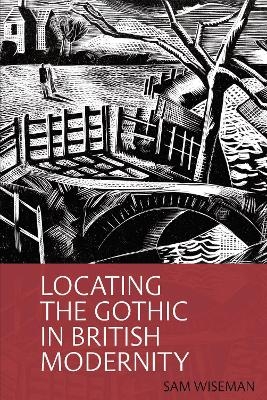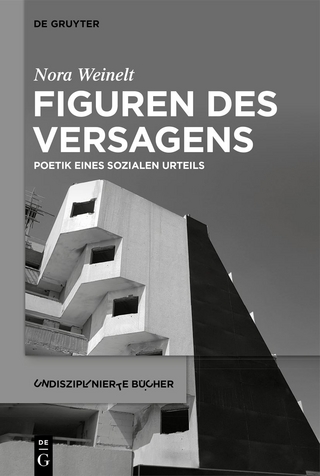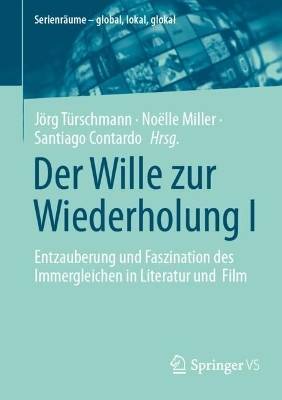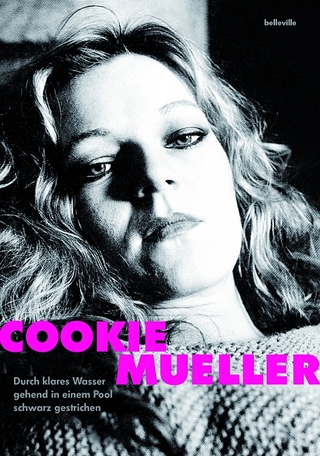
Locating the Gothic in British Modernity
Liverpool University Press (Verlag)
978-1-80207-027-9 (ISBN)
British literature from the late-Victorian era to the 1930s draws upon Gothic and
supernatural narrative and imagery in its representations of place, whether
metropolitan, suburban or rural; it argues that this period of dramatic socio-cultural
change is shadowed by a corresponding evolution in Gothic literary
representation.
The late-Victorian era has
been extensively researched as a period of Gothic literature, and this study
seeks to build upon this body of work by connecting the content of such studies
to the early decades of the twentieth century, which are less often seen in
terms of Gothic or supernatural literature. Beginning with the quintessentially urban
Gothic space of fin de siècle London, as represented in classic texts such as Dracula and Arthur Machen’s The Great God Pan, the study proceeds to
ask how the themes and energies which emerge in this moment evolve throughout
the early twentieth century. In the ghost stories of authors like M.R. James,
the Edwardian era witnesses an uncanny return to the rural English landscape,
in which modernity encounters the re-emergence of suppressed fears and forces.
After World War One, London again experiences a renewal of Gothic themes, with
figures such as D.H. Lawrence and T.S. Eliot representing the city as a
stricken and desolate space, haunted by the trauma and ghosts of the recent
conflict. That legacy of violence and loss is also evident in rural representations
of place in the 1920s and 1930s, along with a renewed interest in
supernaturalism and paganism found in authors like Sylvia Townsend Warner and
Mary Butts. Ultimately, this study argues, this period of dramatic social and
cultural change is shadowed by a corresponding evolution in Gothic literary
representation, whether that is expressed through modernist experimentation or
more conventional narrative forms.
Sam Wiseman is a postdoctoral fellow at the University of Erfurt and will be teaching at the university upon completion of this project. He has recently presented academic papers on M.R. James and Edith Nesbit, and is working on an article that will examine the role of tidal causeways in texts by Angela Carter, Susan Hill and Andrew Michael Hurley.
Introduction
1.
The Strangely Mingled Monster: Gothic Invasions, Occupations and Outgrowths in Fin
de Siècle London
2.
The Old Subconscious Trail of Dread: Shadows, Animism and Re-Emergence in the
Rural World
3.
In the Black Ruins of the Frenzied Night: Spectral Encounters in Wartime and
Postwar London
4. From the Waste Land to the Dark Tower: Revitalizing the Rural Gothic in the Interwar Period
Conclusion
Index
| Erscheinungsdatum | 03.05.2022 |
|---|---|
| Reihe/Serie | Clemson University Press w/ LUP |
| Verlagsort | Liverpool |
| Sprache | englisch |
| Maße | 156 x 234 mm |
| Themenwelt | Geisteswissenschaften ► Sprach- / Literaturwissenschaft ► Anglistik / Amerikanistik |
| Geisteswissenschaften ► Sprach- / Literaturwissenschaft ► Literaturgeschichte | |
| Geisteswissenschaften ► Sprach- / Literaturwissenschaft ► Literaturwissenschaft | |
| ISBN-10 | 1-80207-027-3 / 1802070273 |
| ISBN-13 | 978-1-80207-027-9 / 9781802070279 |
| Zustand | Neuware |
| Haben Sie eine Frage zum Produkt? |
aus dem Bereich


